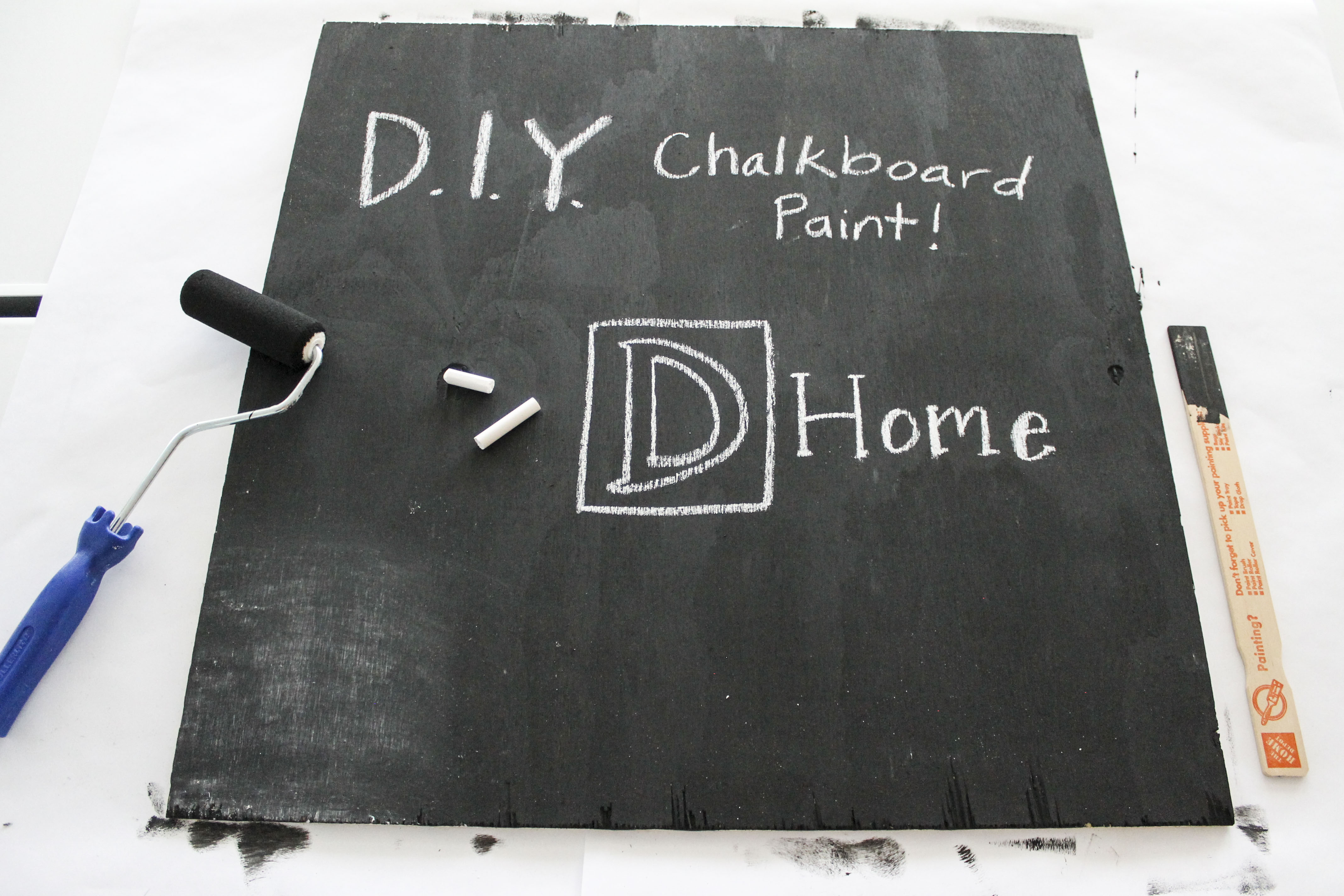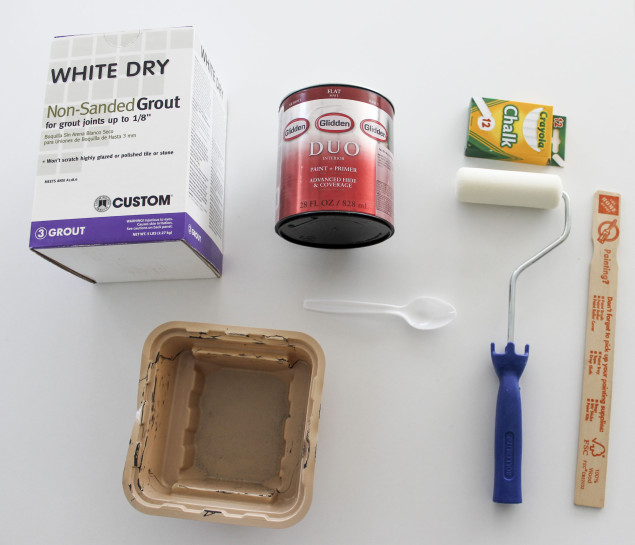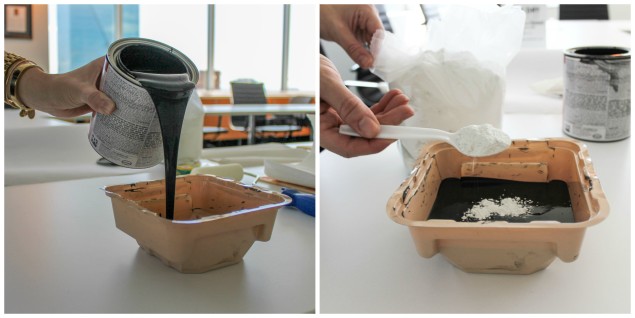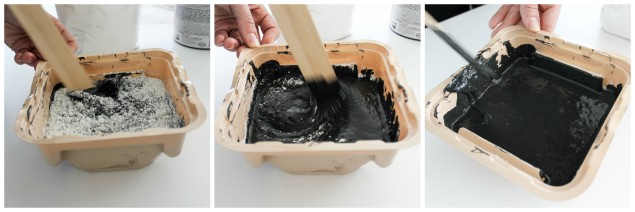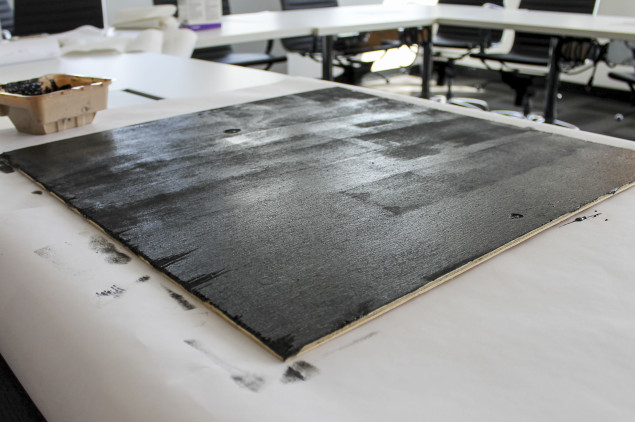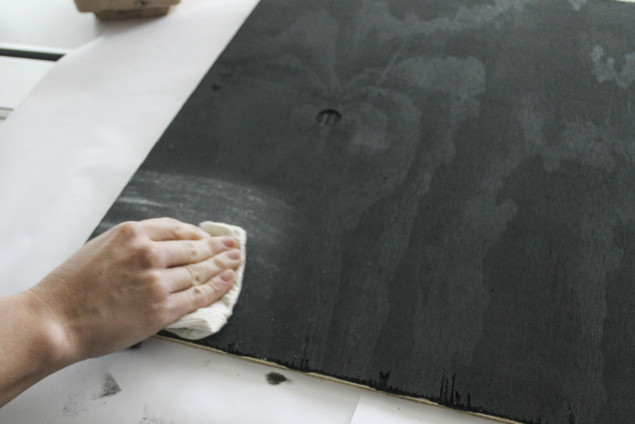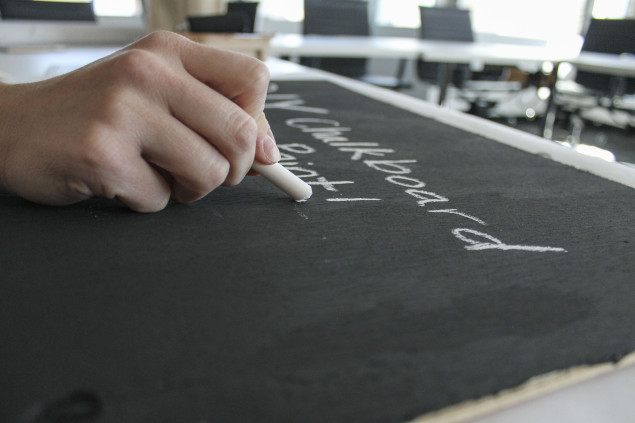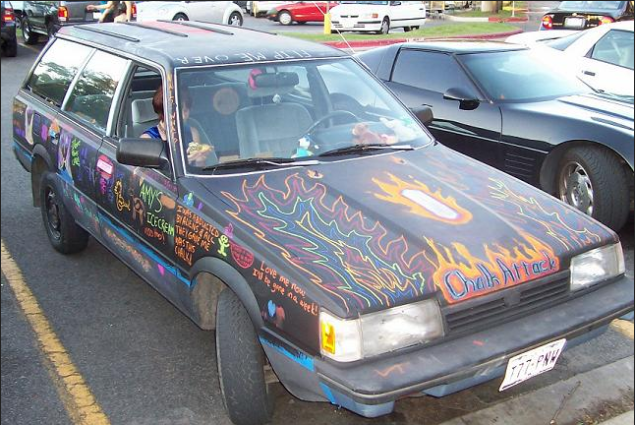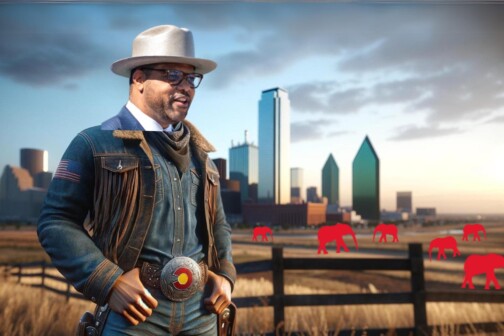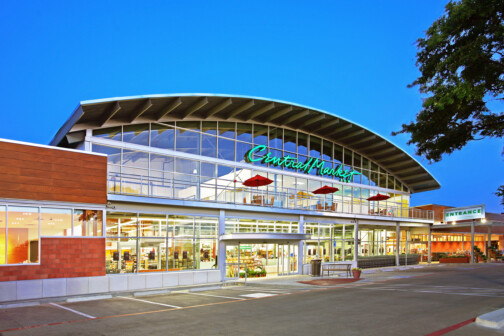One of my most favorite movies is 500 Days of Summer. It was charming and original and quirky in the best way, and I will verbally spar with anyone who says otherwise. If you have seen 500 Days of Summer and did not love it with every fiber of your being, you should just stop reading here. I mean, sure, Chloe Grace Moretz was a bit too precocious in it. But if you didn’t love everything about that movie aside from the potty-mouthed little sister, we probably will not get along.
I’m getting off topic.
My point in bringing up 500 Days of Summer, other than to say you’re a liar if you claim to not have liked it, was to talk about that chalkboard wall in Joseph Gordon Levitt’s bedroom.
In the beginning of the movie, he’s drawn a simple headboard on the wall behind his bed (above, left). Halfway through the movie, he uses the wall to sketch out an entire cityscape in graphite-and-white glory (right). I remember seeing that and thinking, “What. A cool. Idea.”
Apparently everyone else thought the same thing, because chalkboard walls have become the rage since then. More and more paint brands have begun to introduce chalkboard varieties, and people are using the stuff on everything—glassware, cabinets, home accessories, you name it. But leave it to Martha Stewart to find a way to make your own chalkboard paint, just like our ancestors in the days of yore used to do. I recently stumbled upon this instructional guide and was intrigued. Martha’s instructions would allow you to make chalkboard paint from any color or finish of paint, opening up a whole world of other options besides basic black. I decided to give it a try.
Here’s what I used:
- Paint of your color and finish of choice
- Non-sanded grout (found at Home Depot for around $5.00)
- Paint tray
- A foam brush or roller
- A paint stirrer
- 1 cup measuring cup (not pictured because I forgot to bring one) and a tablespoon (a plastic spoon will do just fine, thankyouverymuch)
- Whatever object you’d like to chalkboard-ify
- Chalk
The process is simple. Pour some paint into the tray and add two tablespoons of non-sanded grout for every cup of paint you poured. Or live on the edge and do your best “guesstimating,” like I did. Side note: White powder looks generally pretty suspicious, so maybe don’t do this in your office conference room unless you have a very understanding boss.
Stir the paint until the grout is blended in. The resulting mixture will have a gritty consistency, but there shouldn’t be any large lumps.
Using a foam roller or brush, apply the paint to your surface. You can use painter’s tape to give yourself guidelines if you are trying to create a specific shape. Apply an even coat and allow to dry.
Once it’s dried, Martha says to sand your surface with 150-grit sandpaper. I forgot to get some of this, so I skipped this step. (Do as I say, not as I do, people!) Then Martha says to “condition” the paint by rubbing the side of a piece of chalk across the surface and then wiping it off with a damp cloth. All this seemed to result in for me was making the board look dirty right off the bat, so I’m going to disagree with Martha here [ducks under the desk, waiting for lightning bolt to strike].
Instead, I went right ahead and started writing. The chalk took to the surface beautifully, despite my lack of sanding and the less-than-perfect plywood I painted on.
ENVIRONMENTAL NOTE: If you have leftover paint, do not simply throw it away. You must dispose of it properly, either by bringing it to the Dallas County Home Chemical Collection Center or by adding hardening powder (available at any hardware store) to the paint and mixing it until it solidifies, making it safe for normal trash disposal.
OK, now that we’ve got that bit of business out of the way, we can enjoy the finished product:
Verdict: With minimal time, effort, and expense, I succeeded in making my own chalkboard paint. I’m already thinking of the possibilities.


